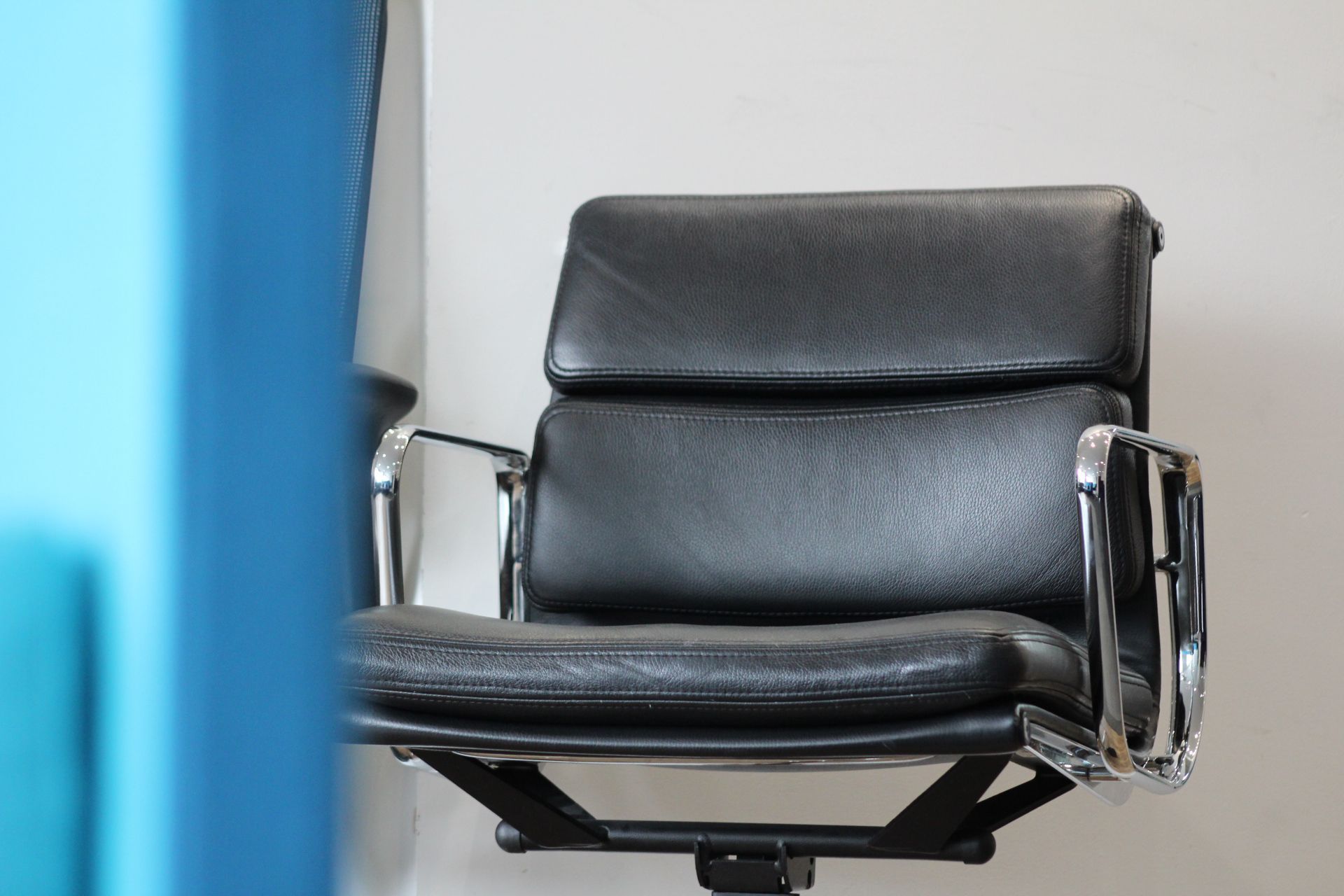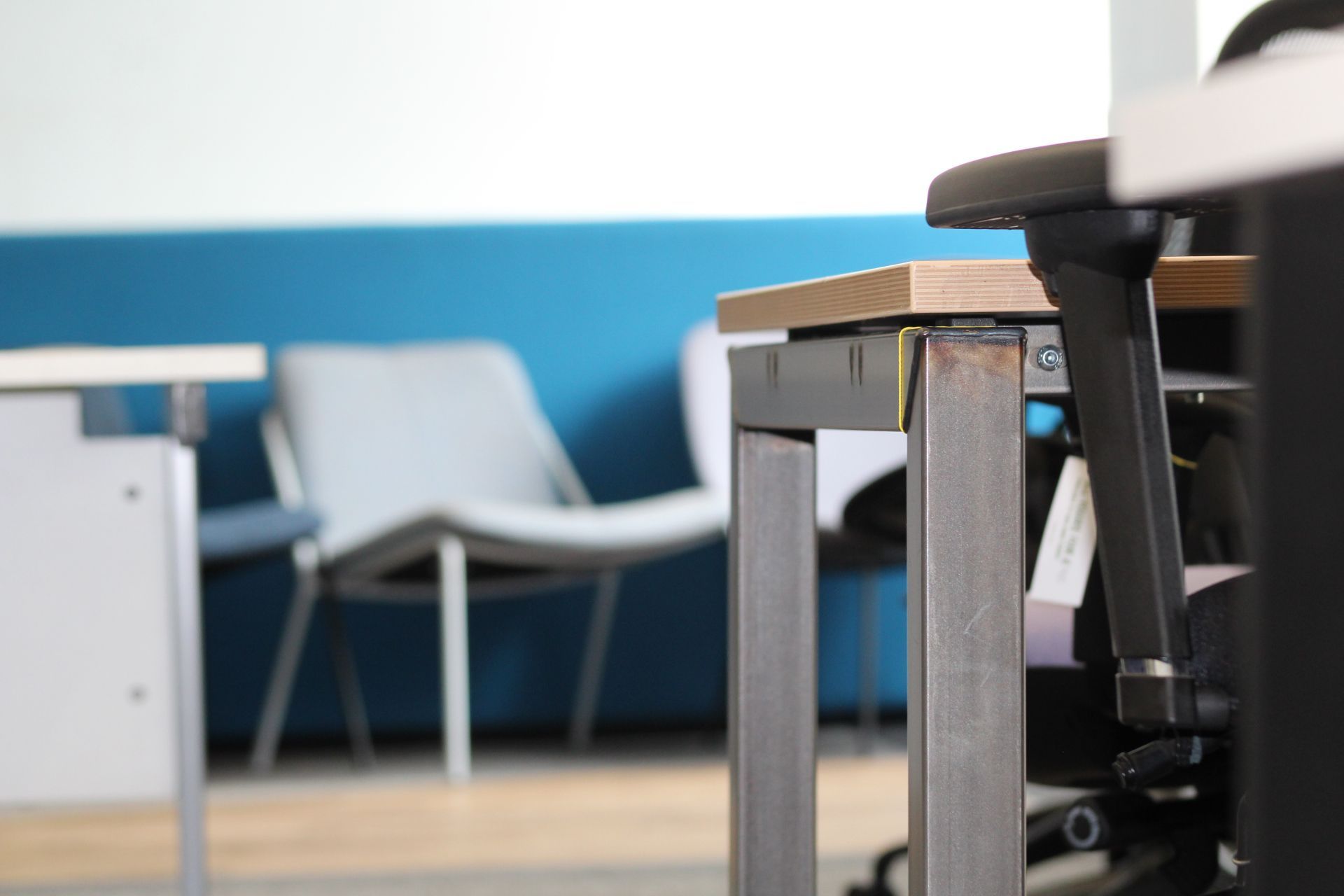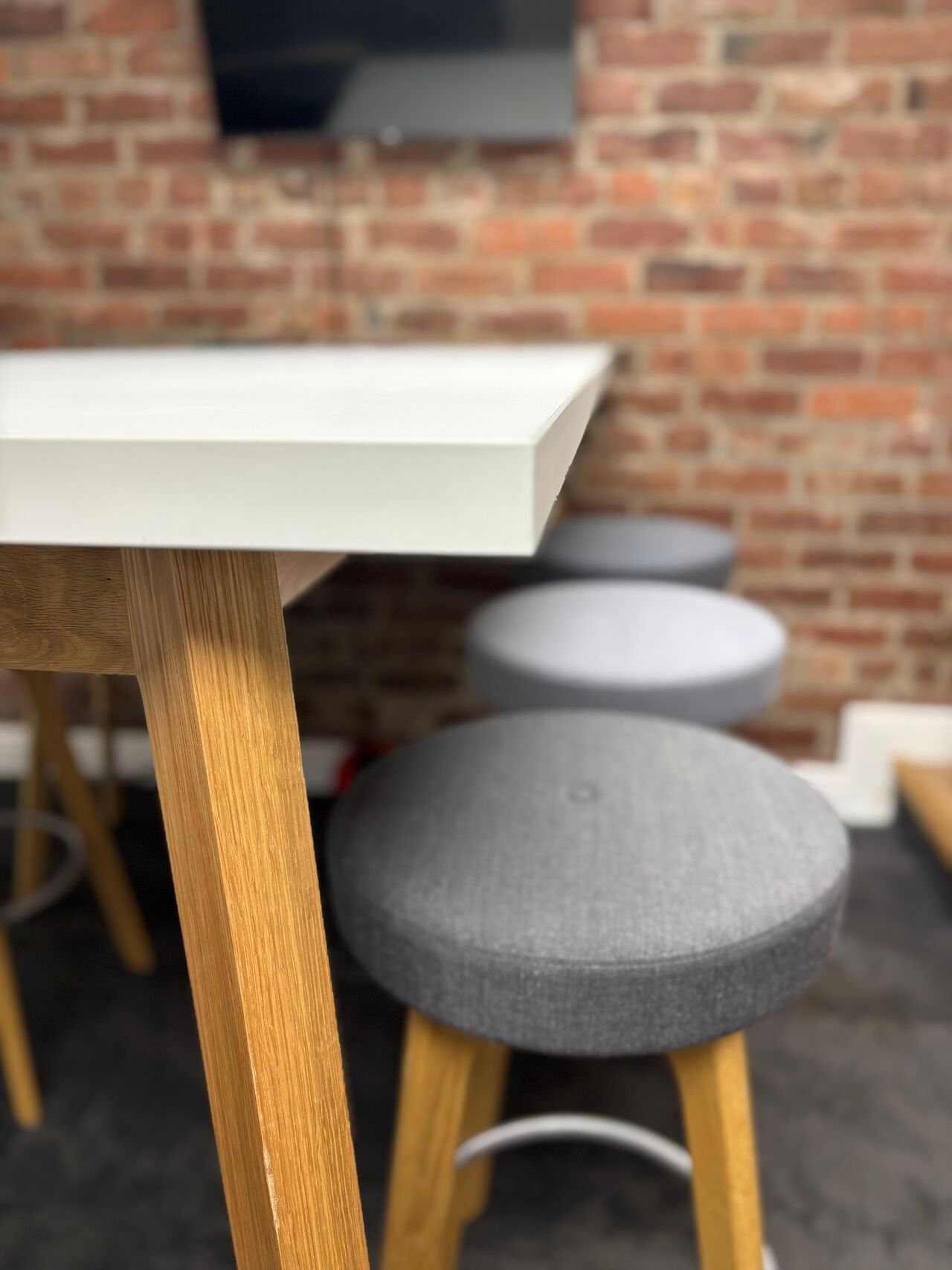Investing in a Sustainable Future: The Benefits of Refurbishing Office Furniture and Zero-Landfill Office Clearance
Embracing Sustainability: Uncovering the Economic and Environmental Advantages of Used Office Furniture, Refurbishment, and Zero-Landfill Strategies
In an era where businesses and individuals alike are seeking ways to reduce their carbon footprint, opting for reused office furniture, refurbishing existing furniture, and implementing zero-landfill office clearance can be a game-changer. WRAP's research has been pivotal in outlining the environmental and economic benefits associated with such practices, making the case for this sustainable shift stronger than ever.
The Green Magic of Reusing and Refurbishing Office Furniture
Each year, thousands of office desks and chairs reach the end of their lifespan in the UK. Astonishingly, only a small fraction of these are reused or refurbished; most end up in landfills, energy recovery, or are recycled. However, a closer look at the data uncovers a treasure trove of opportunities for businesses, environmentalists, and job seekers alike.
When we choose to reuse or refurbish office furniture, we directly impact three key areas: reduction of greenhouse gas emissions, decrease in energy demand, and lower resource depletion. This is because these strategies skip the resource-intensive manufacturing processes associated with new furniture, and instead extend the life of existing products.
An astonishing fact revealed in WRAP's research is that providing one tonne of office desks for direct reuse can result in a net greenhouse gas saving of 0.4 tonnes CO2-eq when compared to landfill disposal. And it's not just about desks. Reusing one tonne of office chairs can save 3 tonnes CO2-eq!
These are significant numbers that can add up quickly when we consider the scale of office furniture use across the UK.
The Financial Perks of Going Green
In addition to the environmental benefits, there are compelling financial reasons to invest in used office furniture and refurbish existing pieces. Businesses are estimated to spend an astonishing £9 million per annum disposing of desks to landfill. However, by choosing to invest in reused desks instead of new ones, businesses can save a whopping £8.2 million per year. Moreover, each desk or chair reused can yield significant revenue to businesses and households, making it a financially wise choice.
The Power of Zero-Landfill Office Clearance
Zero-landfill office clearance is the idea of clearing an office space without sending any waste to landfill. This can be achieved by reusing or refurbishing furniture, recycling waste, and if necessary, using waste to generate energy.
Not only does this contribute to the reduction of greenhouse gas emissions, but it also carries enormous potential in terms of cost savings and employment creation. A net employment benefit of approximately 220 jobs is generated from dealing with all office desks and chairs that reach the end of their life.
The Future is in Sustainability
The numerous benefits of reusing and refurbishing office furniture and implementing zero-landfill office clearance are hard to ignore. These practices create a win-win situation, providing immense environmental, financial, and social benefits.
While more work needs to be done to enhance the data quality related to these practices, the future is undoubtedly leaning towards more sustainable and eco-conscious choices. As businesses continue to evolve and adapt, we can expect to see an increase in the use of refurbished office furniture and greater efforts towards zero-landfill office clearances.
The message is clear: Investing in sustainability is not just good for the planet—it's also good for business. And the sooner we embrace this, the better off we'll be in the long run.




